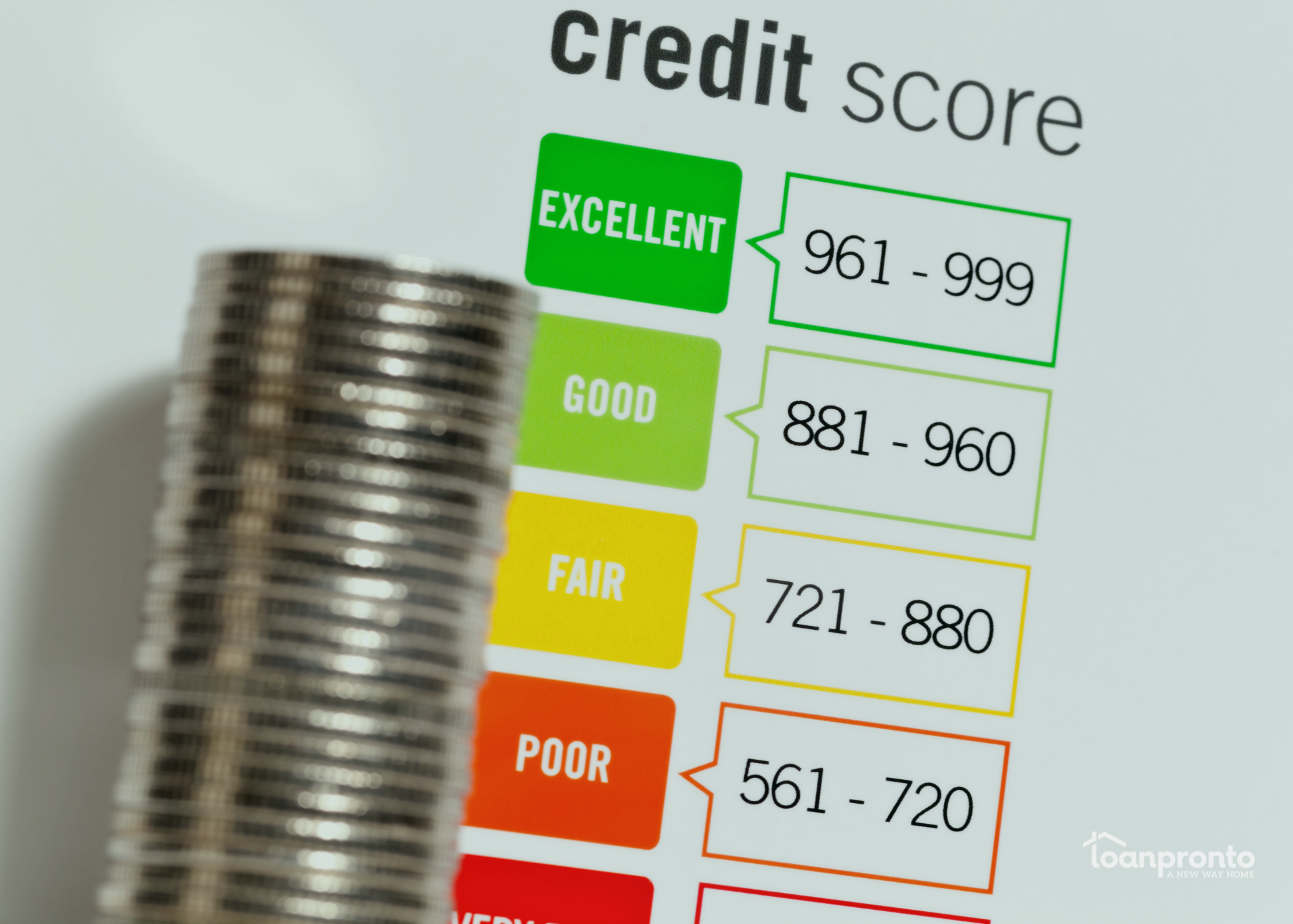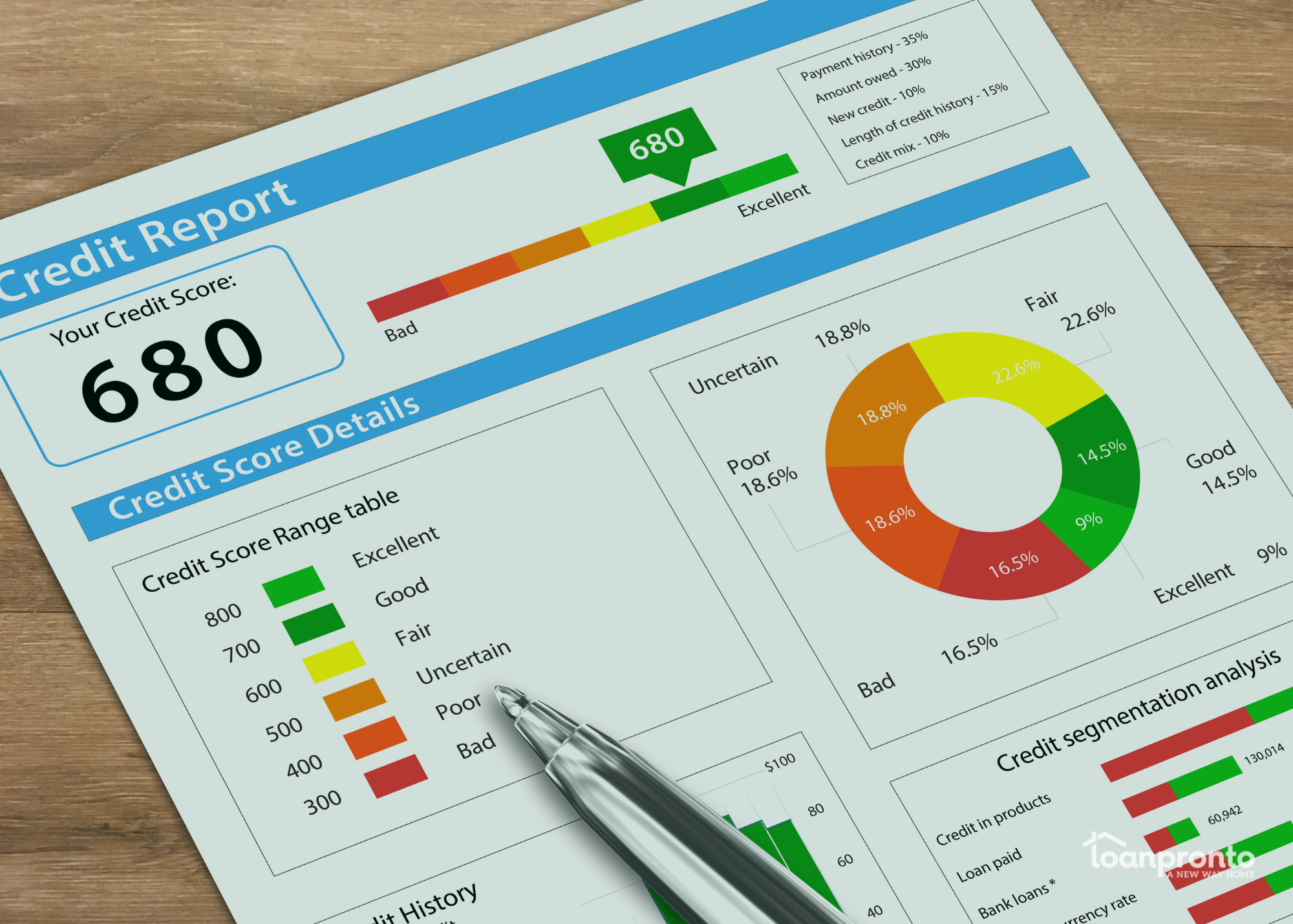Key Takeaways
-
FICO’s new distribution model bypasses credit bureaus, giving lenders direct score access.
-
Mortgage lenders may save on operational costs, improving market competitiveness.
-
Borrowers could benefit from reduced fees if lenders pass along savings.
-
The shift increases transparency and competition in the credit reporting industry.
The FICO credit score changes announced in 2025 are reshaping how mortgage lenders access and price credit data. Fair Isaac Corporation (FICO), the company behind the industry-standard credit scoring system, has introduced a new distribution model that allows lenders to obtain FICO scores directly from mortgage resellers — bypassing Experian, Equifax, and TransUnion.
This strategic shift removes the middle layer of traditional credit bureaus, potentially reducing markups and lowering costs for both lenders and borrowers. Following the announcement, FICO’s stock surged over 20%, while credit bureau shares fell between 4% and 10%, signaling a major disruption in the credit reporting ecosystem.
How the New FICO Distribution Model Works
Previously, mortgage lenders could only access FICO scores through credit bureaus, which charged additional fees on top of FICO’s base price.
Now, FICO has restructured its licensing model so that mortgage resellers can distribute scores directly to lenders. This gives lenders more control over how they pay for and use FICO data, with two available pricing models to choose from.
| Before (Old Model) | Now (New Model) |
| Lenders purchased FICO scores from credit bureaus | Lenders buy scores directly from FICO-authorized resellers |
| Extra bureau markups increased total costs | Direct access eliminates unnecessary fees |
| Less pricing transparency | Greater flexibility and transparency |
FICO CEO Will Lansing described the change as a way to “eliminate unnecessary markups and put pricing power back in the hands of lenders.” This move streamlines the process, making it more transparent and cost-efficient across the mortgage industry.
Why These Changes Matter for Borrowers and Lenders
Roughly 90% of U.S. lenders rely on FICO scores to evaluate borrower credit risk, meaning this change impacts nearly every mortgage transaction.
For Lenders
- Direct score access could reduce operational costs.
- Lower costs may lead to more competitive mortgage pricing.
- Greater flexibility in choosing pricing models and delivery options.
For Borrowers
- If savings are passed along, mortgage application fees could drop.
- The loan approval process may become faster and more efficient.
- Borrowers could benefit from increased transparency in credit scoring costs.
While the benefits seem promising, experts note it may take time for these changes to affect consumers directly. Credit bureaus could also respond with competitive pricing models of their own to retain market share.
Industry Reactions and Market Impact
The financial markets reacted immediately. FICO shares rose more than 20%, the company’s largest single-day jump in nearly two years. Meanwhile, Experian, Equifax, and TransUnion stocks fell 4–10%, as investors anticipated a decline in bureau demand.
Industry analysts, including Patrick O’Shaughnessy of Raymond James, noted that the change “disintermediates credit bureaus from their current markup structure,” improving efficiency while enhancing FICO’s profitability.
Even regulators took notice. FHFA Director Bill Pulte commended the update, calling it “a creative solution to help consumers,” and encouraged other credit reporting companies to innovate similarly.
What This Means for the Future of Mortgage Lending
FICO’s move could represent the start of a new era in mortgage lending transparency. If the model gains traction, lenders could benefit from lower acquisition costs, which may trickle down to borrowers through reduced fees and faster approvals.
For now, the mortgage industry is closely watching how credit bureaus respond and whether borrowers will experience measurable cost savings in the coming months.
| Potential Benefits | Possible Challenges |
| Lower lender costs and improved transparency | Uncertainty about consumer-level savings |
| Faster mortgage approvals | Transition time for lenders and resellers |
| Competitive pricing pressure on credit bureaus | Market adaptation required |
FICO’s direct distribution model signals a move toward a more efficient and consumer-friendly lending environment, though its full impact will unfold gradually.
FAQs About the FICO Credit Score Changes
No SSN required. Zero impact to credit. Your Information is never sold.



